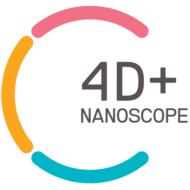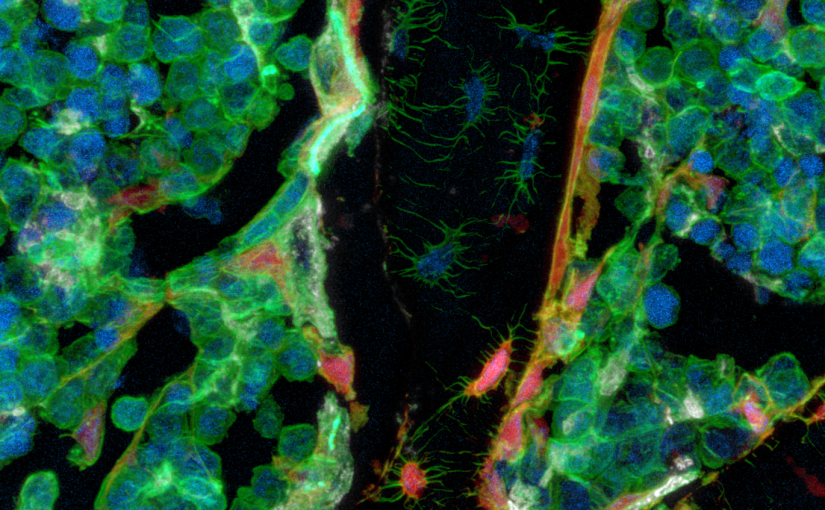The number of elderly and very elderly people is increasing worldwide, and so is the number of patients suffering from osteoporosis. This disease significantly impairs the quality of life and leads to high social costs. Nevertheless, the origin and course of osteoporosis are still not sufficiently understood. This is because methods for an in-depth analysis of the fine bone structure over time in living individuals are not yet available, especially those that also allow large matrix studies with statistical significance. An interdisciplinary research project now wants to change this.
The 4-D+ nanoSCOPE project is developing a groundbreaking X-ray microscope (image acquisition with submicron resolution over a hundred times faster than is currently possible). An interdisciplinary team intend to enable X-ray microscopy studies in living creatures for the very first time. They plan to do so by combining state-of-the-art imaging techniques with innovative precision learning software and a novel Xray microscope. Their method has the potential to revolutionize our understanding of bone structure and improve bone remodelling, by enabling an effective assessment of the effects on bone of age, hormones, inflammation and treatment.
The planned work in the 4D+nanoSCOPE project requires a high degree of knowledge and an interdisciplinary team from the research areas of biomedicine, material physics and computer enineering.





